In Photos: Mysterious Fairy Circles Dot the Australian Outback
Australia's fairy circles

Fairy circles have been discovered in the arid landscape of western Australia, the first time these mysterious barren spots have been seen outside of Namibia. The discovery bolsters the hypothesis that fairy circles emerge because of water scarcity rather than ant or termite activity, because the patterns don't correlate to insect mounds in Australia. [Read more about the discovery of Australia's fairy circles]
Speckled landscape
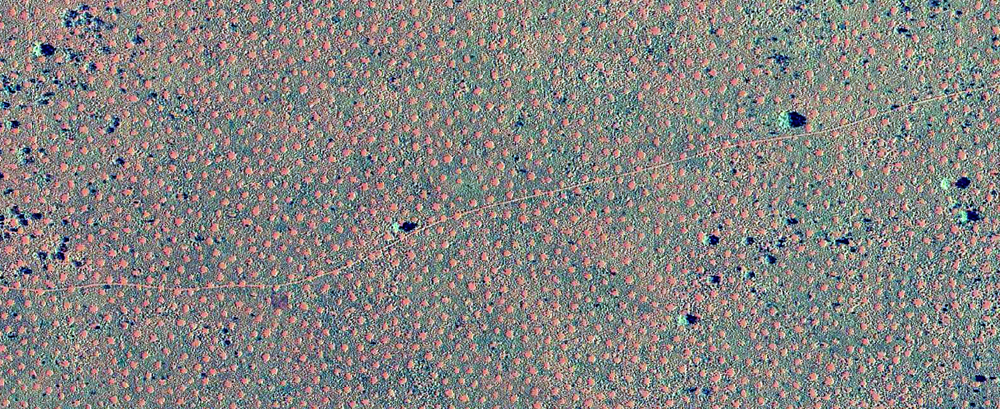
The Australian fairy circles are highly regular and stretch out over large areas. In the circles, no vegetation grows. Grass surrounds them. A new study suggests that this pattern occurs because scarce water drains away from the hot, hard-packed dirt in the circles, running toward the deep-rooted grasses around the edges. No new seedlings can get a grip inside the barren spots.
Strange circles
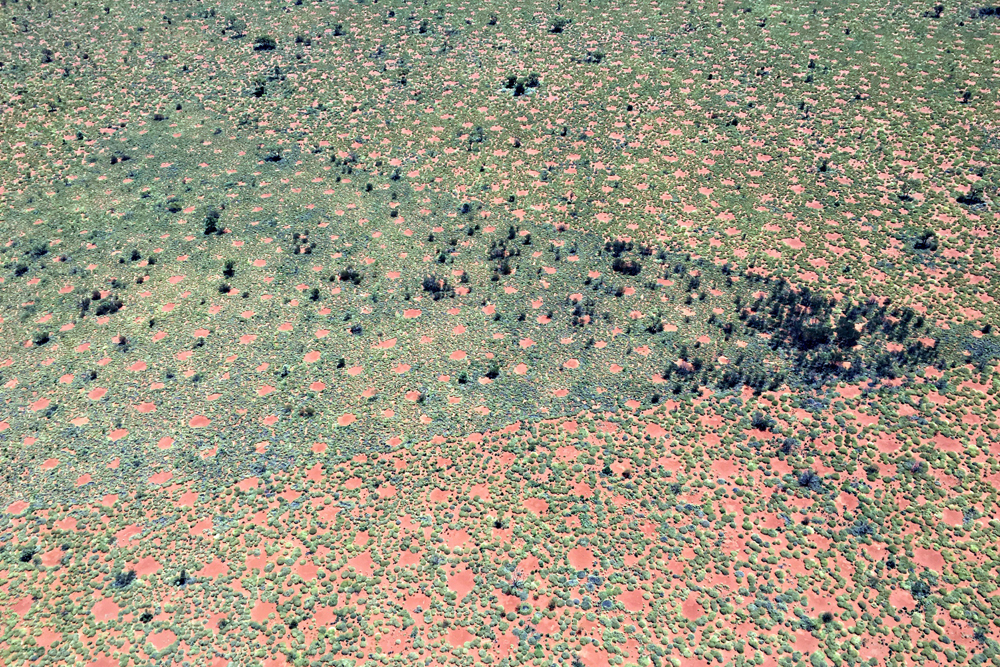
Spinifex grass and a packed red crust of clay create a spotted landscape near the small town of Newman in western Australia. A similar pattern occurs in Namibia, and researchers have long argued about what causes it. Theories run the gamut from underground toxic gases to termite activity to water scarcity. This image shows clear fairy circles in grass that hasn't burned in a long time (background) and the fairy circle revegetation pattern in grass that burned recently (foreground).
After the fire

The remains of a fairy circle shortly after a fire rushed through, burning the vegetation. The soil surface temperature can reach 167 degrees Fahrenheit (75 degrees Celsius) in a bare spot, which helps explain why plants don’t colonize the barren centers of fairy circles.
New fairy circle
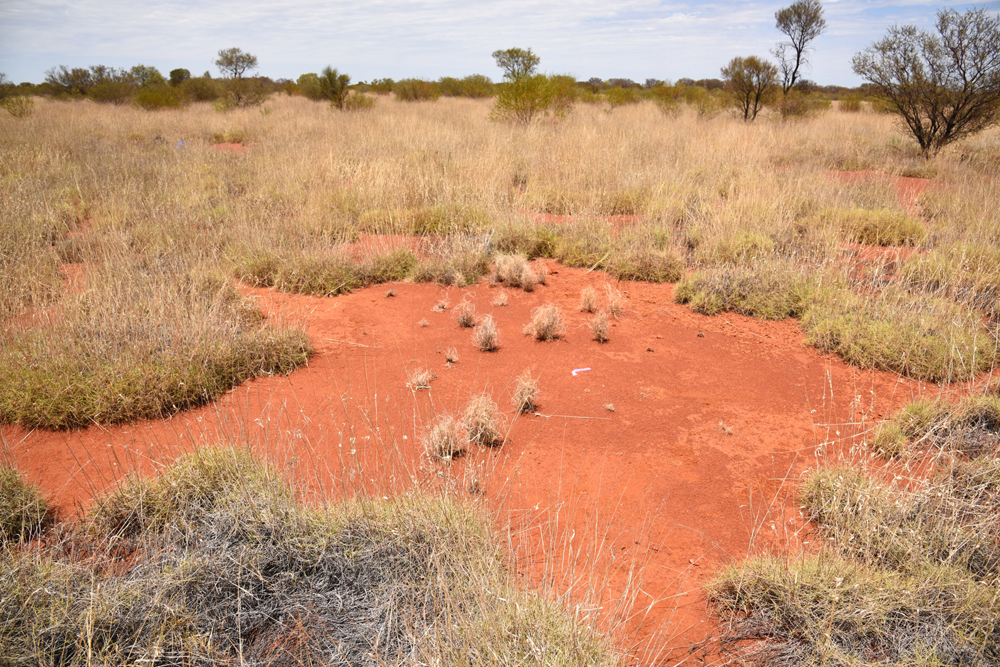
After a fire, vegetation re-grows in the fairy circle pattern. The hardened red clay crust prevents water from seeping into the ground, so plants that try to take root in this crust fail. Meanwhile, deeper-rooted plants that manage to penetrate the crust benefit from the barren crust, which allows water to run off toward their roots. The plants bordering the fairy circle essentially use the feature as a water reservoir, and the pattern of vegetation surrounding bare circles emerges naturally.
Closing in

After a fire, the fairy circle pattern reemerges. Water runs off the hard crust of clay that makes up the barren circle. Plants on the edge of the circle, which have managed to take gain a foothold, benefit from this run-off, which directs water toward their roots, according to Stephan Getzin of the Helmholtz Center for Environmental Research in Germany.
Australian landscape
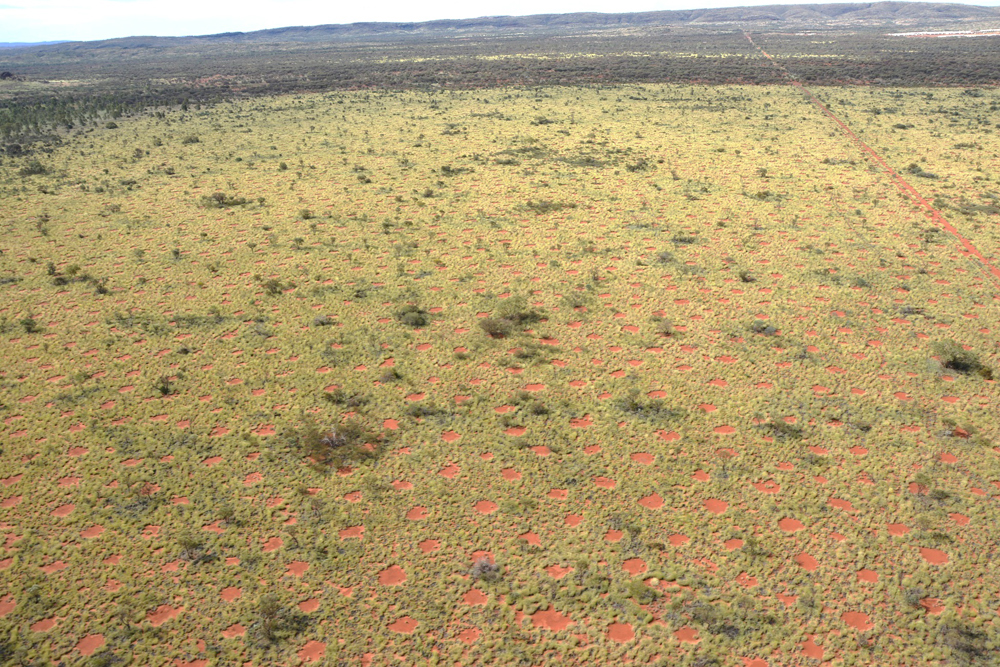
An aerial view of Australia's newly discovered fairy circles. Stephan Getzin and colleagues took measurements and tracked how water flows over this landscape. Computer models using the data spontaneously produced the same spotted pattern seen naturally, bolstering the notion that water scarcity is the cause of fairy circles. These features occur only in a narrow climate band — not too much rainfall, and not too little — and might be seen elsewhere in the world, Getzin told Live Science.
Get the world’s most fascinating discoveries delivered straight to your inbox.
Red dirt
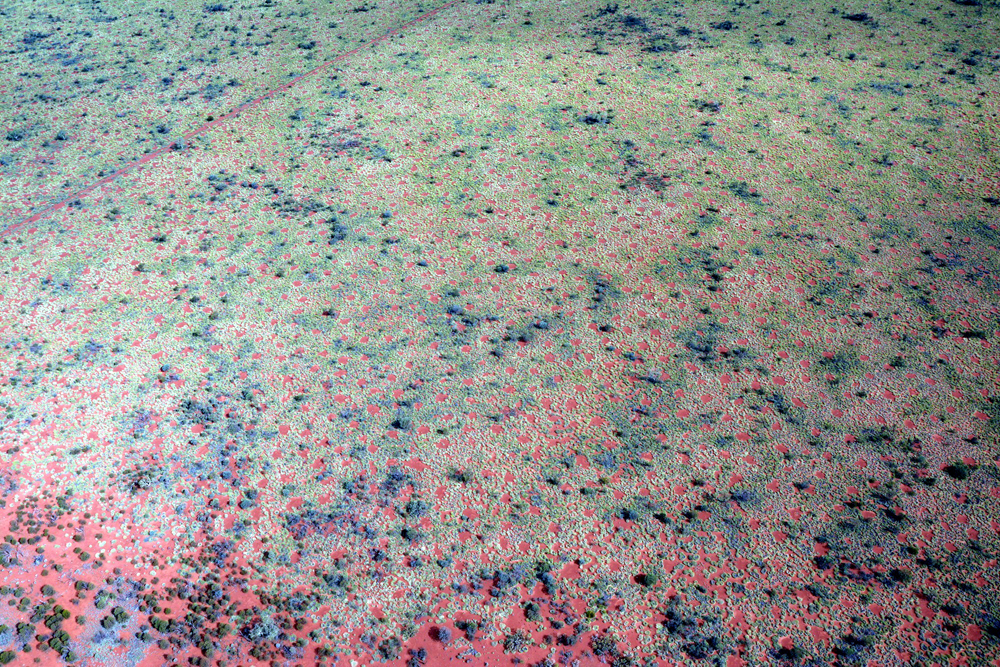
Water scarcity leads to other unusual vegetation patterns, like the twisty labyrinthine design seen in the lower right of this aerial view of western Australia. The soil here is sandy below the surface, but topped with a hard red clay layer that prevents even water drainage.
Labyrinth
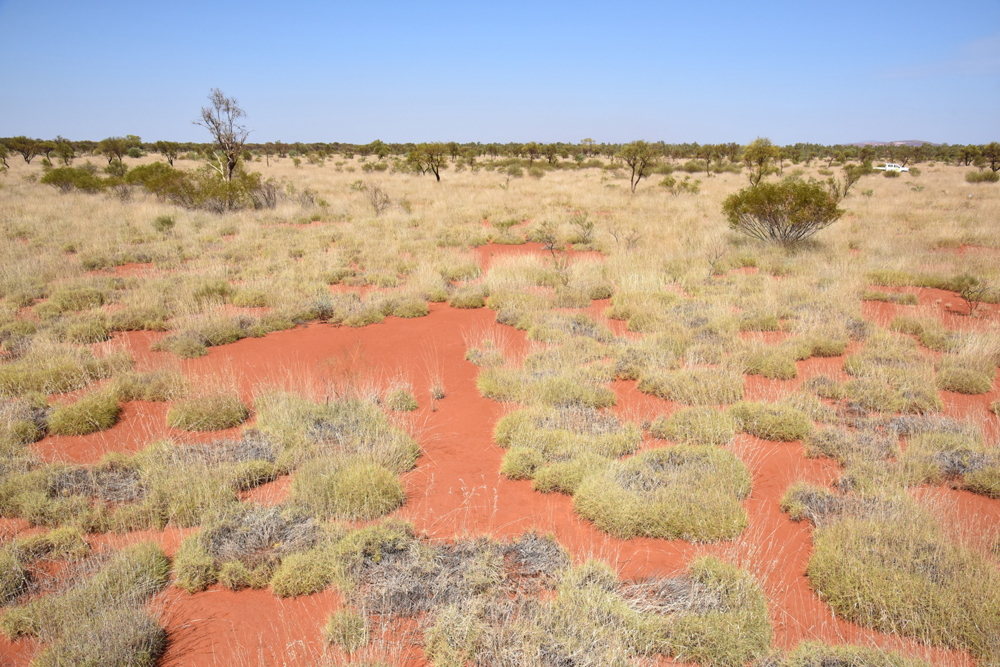
A view of the labyrinth vegetation patterns near Newman, Australia, from the ground. Arid, sunbaked conditions lead to gaps in the vegetation in this region. This labyrinth pattern isn't as striking as the fairy circle pattern, but is caused by similar competition for scarce water.
Mature fairy circle
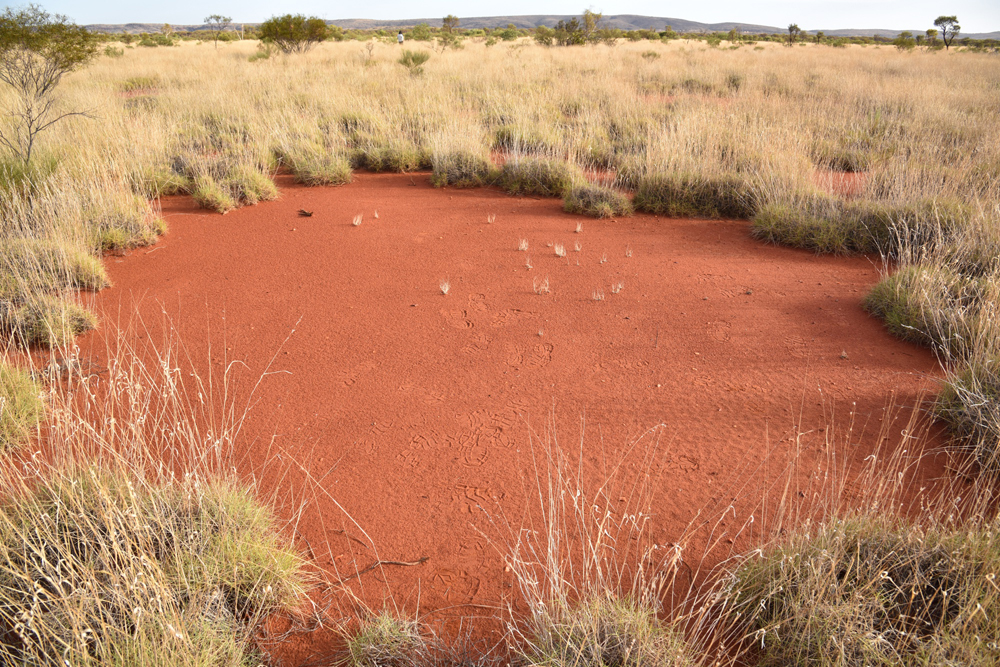
A mature fairy circle near Newman, Australia. This arid region in western Australia is only the second place in the world where fairy circles have been found. The rest are in a similarly dry area of Namibia. In Australia, the average diameter of fairy circles is 13 feet (4 meters), but some are up to 23 feet (7 meters) across.
Natural gaps
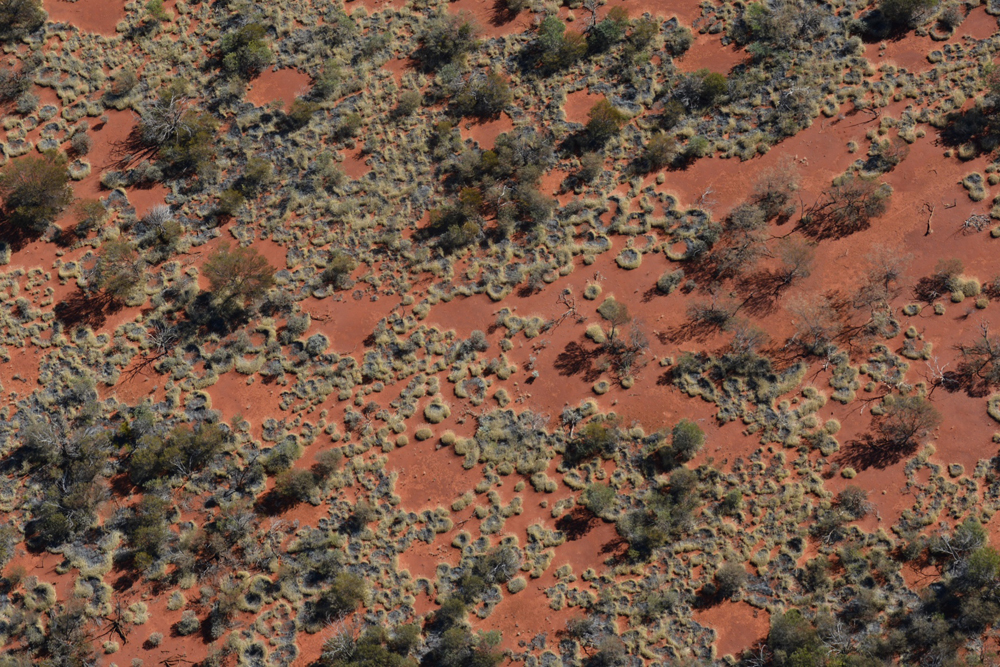
Weathering causes hard soil crusts in western Australia. These crusts make up the barren fairy circles, but the landscape also boasts larger, irregular vegetation gaps because of the arid conditions.

Stephanie Pappas is a contributing writer for Live Science, covering topics ranging from geoscience to archaeology to the human brain and behavior. She was previously a senior writer for Live Science but is now a freelancer based in Denver, Colorado, and regularly contributes to Scientific American and The Monitor, the monthly magazine of the American Psychological Association. Stephanie received a bachelor's degree in psychology from the University of South Carolina and a graduate certificate in science communication from the University of California, Santa Cruz.


